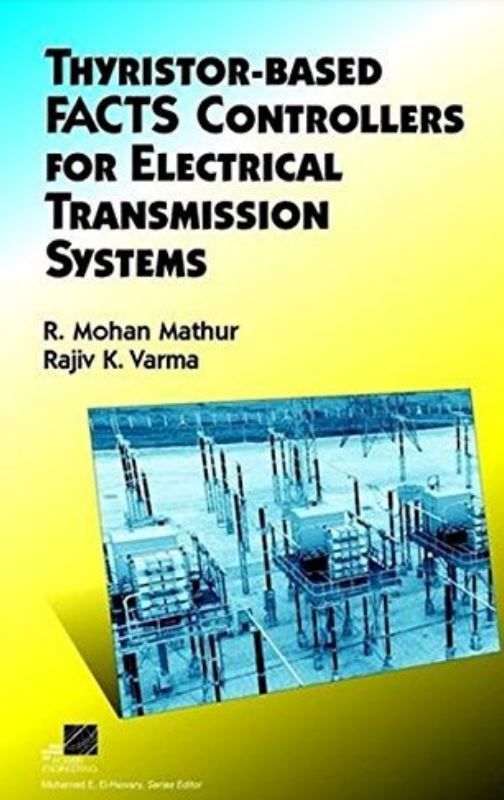Control And Automation Of Electrical Power Distribution Systems
Introduction to Electrical Power Distribution
Electrical power distribution systems are the backbone of energy delivery to industrial, commercial, and residential sectors. Efficient distribution and control are critical to meeting the growing demand for reliable power.
Control of Electrical Power Distribution Systems
Effective control within a power distribution system ensures the stability of the network, allowing operators to manage load variations, monitor performance in real time, and respond to fluctuations or outages.
Automation in Power Distribution
Automation has transformed how power is distributed and controlled. Through technologies like SCADA (Supervisory Control and Data Acquisition) and advanced software, automated systems allow for proactive monitoring and better fault management.
Components of Automated Power Distribution Systems
The key components of an automated system include hardware like transformers, switches, and sensors, as well as software solutions that manage and interpret data. Sensors and actuators play vital roles in capturing data and enabling remote control.
Advanced Control Techniques in Power Systems
Predictive and adaptive control systems allow for proactive adjustments based on trends. These techniques, bolstered by AI and machine learning, predict and respond to network demands, optimizing efficiency.
Importance of Data in Power Distribution Control
Data collection is at the heart of automation. IoT devices support vast data collection networks, and by integrating big data analytics, operators gain insights that are crucial for decision-making.
Security in Power Distribution Systems
Cybersecurity is a pressing concern in power distribution. Solutions include encryption, multi-factor authentication, and real-time monitoring to detect anomalies and prevent unauthorized access.
Real-World Applications of Automation in Power Distribution
Automation is used in industries to minimize downtime and improve efficiency. It is also increasingly common in commercial and residential settings, where it helps to reduce energy costs.
Benefits of Automated Power Distribution Systems
The advantages of automation in power systems include enhanced reliability, improved efficiency, cost savings, and flexibility. Automated systems enable utilities to better manage resources and lower operational expenses.
Challenges in Implementing Automation
While automation holds numerous benefits, there are challenges such as high initial costs, integration complexities, and the need for policy support to overcome regulatory constraints.
Future of Contro l and Automation in Power Systems
The future of automation in power distribution points towards advancements in artificial intelligence, increased reliance on data-driven solutions, and the integration of renewable energy sources.
How to Access the Free PDF
To access the free PDF guide on Control and Automation of Electrical Power Distribution Systems, simply follow the download instructions provided on the site. The PDF is formatted for easy readability across devices.
FAQs
- What is the main purpose of automation in electrical power distribution? Automation improves the efficiency, reliability, and safety of power distribution, allowing utilities to meet customer demands consistently.
- How does SCADA benefit power distribution systems? SCADA enables real-time data monitoring and control, allowing operators to quickly respond to system fluctuations and outages.
- What role do sensors play in automated power systems? Sensors gather essential data about load, voltage, and temperature, enabling real-time decision-making and remote control of distribution components.
- How does data analytics impact power distribution? Data analytics offers insights that optimize performance, predict issues, and inform better control and automation strategies.
- Are automated systems secure from cyber threats? With robust security protocols like encryption and anomaly detection, automated systems aim to be secure, though continuous improvements are needed.
- What are the primary components of an automated distribution system? Key components include transformers, switches, control software, sensors, and data acquisition tools.
Conclusion
The control and automation of electrical power distribution systems are essential for a sustainable and efficient power network. By integrating automation technologies and advanced control systems, utilities can enhance system performance and reliability while addressing modern energy demands. This guide offers a comprehensive look at these systems, their benefits, and challenges, along with a free PDF download to dive deeper into the subject.







